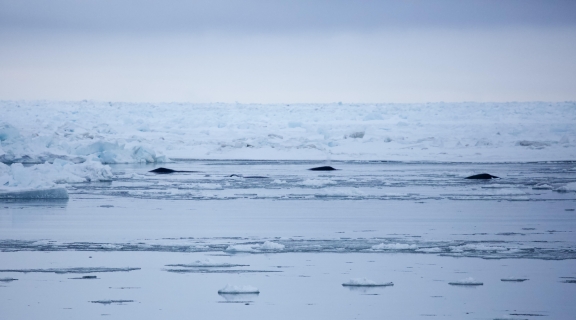
Rosenberg Institute Seminar Series - Angela Szesciorka
Overview
Angela Szesciorka, Research Associate, Oregon State University
Changing whale migration in a changing planet
Abstract
Species from every major animal group migrate. For highly mobile baleen whales, migration typically involves seasonal movement between discrete feeding and breeding habitats. Despite being widely documented, the driving force behind modern whale migration has been contentious. Although not every population migrates, whale migration may optimize feeding; decrease competition; limit parasitism and pathogens; reduce calf predation; or aid calf thermoregulation in winter. Migration timing involves a dynamic interplay between internal mechanisms and environmental conditions. But as the planet warms, environmental cues that whales likely use to time migration are changing (e.g., initiation of spring phytoplankton bloom or sea ice melt). In response, whales are changing the timing and patterns of their annual migrations. In this talk, I’ll discuss the migratory behaviors of two iconic baleen whale species — blue and bowhead whales — their migration patterns, environmental drivers behind their migration timing, and how migration patterns are changing in a changing planet.
Bio
Angela Szesciorka is a Research Associate in the Marine Mammal Institute at Oregon State University. She uses a variety of tools — including seafloor hydrophones and animal-mounted tags — to study baleen whale migration and ecology, and the threats they face in a human- and climate-impacted ecosystem. Her research spans the tropics to the poles, mainly focusing on bowhead, blue, and humpback whales.
